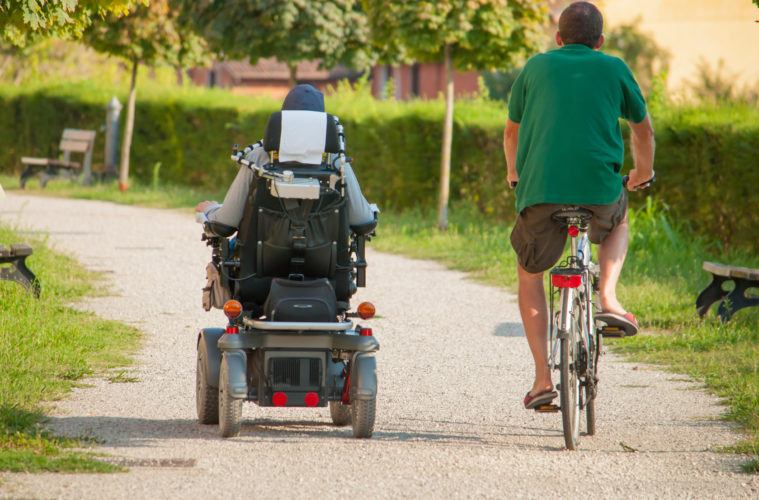 Aside from providing quality catheters, Cure Medical is known nationwide for their generous donations of 10% of the company’s net income to help fund scientific research. And now, Cure Medical is being recognized for helping fund a research breakthrough that shows restoration of nerve function that was lost in rodents with acute spinal cord injury.
Aside from providing quality catheters, Cure Medical is known nationwide for their generous donations of 10% of the company’s net income to help fund scientific research. And now, Cure Medical is being recognized for helping fund a research breakthrough that shows restoration of nerve function that was lost in rodents with acute spinal cord injury.
In July 2015, the Journal of Neuroscience published an 11-page research study conducted by Gail Lewandowski and Oswald Steward of the University of California, Irvine [UCI] in the Department of Neurobiology.
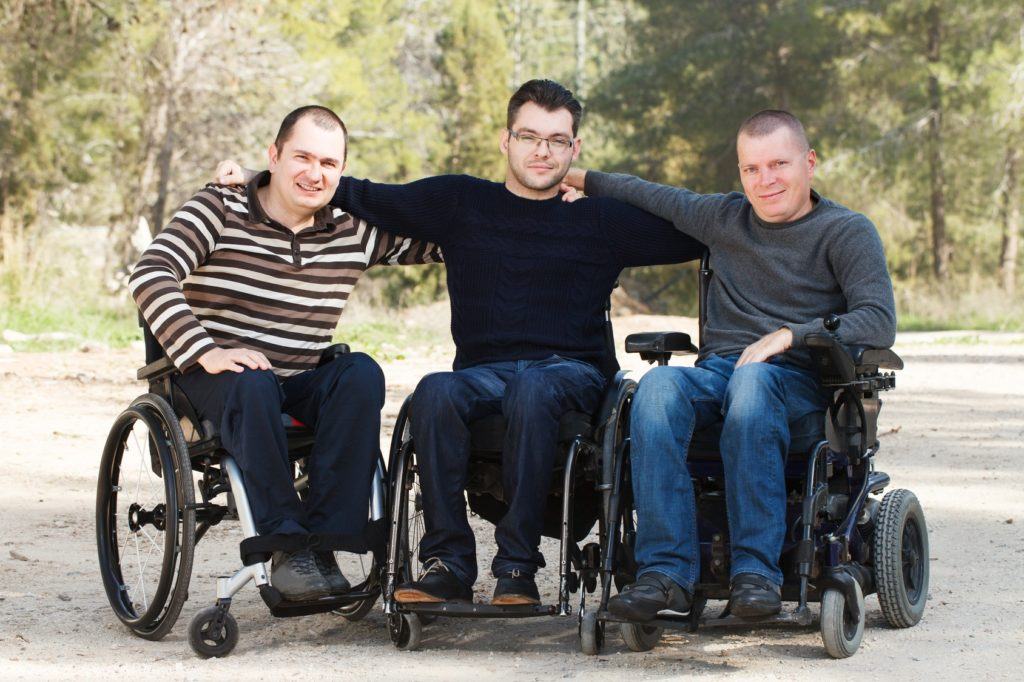
Every day, Cure Medical is funding research in pursuit of a cure for spinal cord injury.
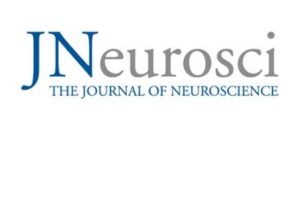 “Data suggest that the combination of PTEN deletion and salmon fibrin injection into the lesion can significantly improve voluntary motor function after SCI by enabling regenerative growth of CST axons,” said Dr. Steward.
“Data suggest that the combination of PTEN deletion and salmon fibrin injection into the lesion can significantly improve voluntary motor function after SCI by enabling regenerative growth of CST axons,” said Dr. Steward.
Fibrin is a natural glue.
The work expands on previous research at UCI. In 2010, Steward helped discover that axons flourish after the deletion of an enzyme called PTEN, which controls a molecular pathway regulating cell growth. PTEN activity is low during early development, allowing cell proliferation. PTEN subsequently turns on, inhibiting this pathway and precluding any ability to regenerate.
PTEN may hold the secret to spinal cord injury recovery
Two years later, a UCI team found that fibrin injected into rats that had spinal cord injuries filled the holes at the injury site, giving axons a framework in which to reconnect and facilitate recovery.

PTEN is an enzyme that acts as a brake when axons attempt to regenerate after injury.
“This is a major next step in our effort to identify treatments that restore functional losses suffered by those with spinal cord injury,” said Steward, professor of anatomy & neurobiology and director of the Reeve-Irvine Research Center, of the current findings. “Paralysis and loss of function from spinal cord injury has been considered irreversible, but our discovery points the way toward a potential therapy to induce regeneration of nerve connections.”
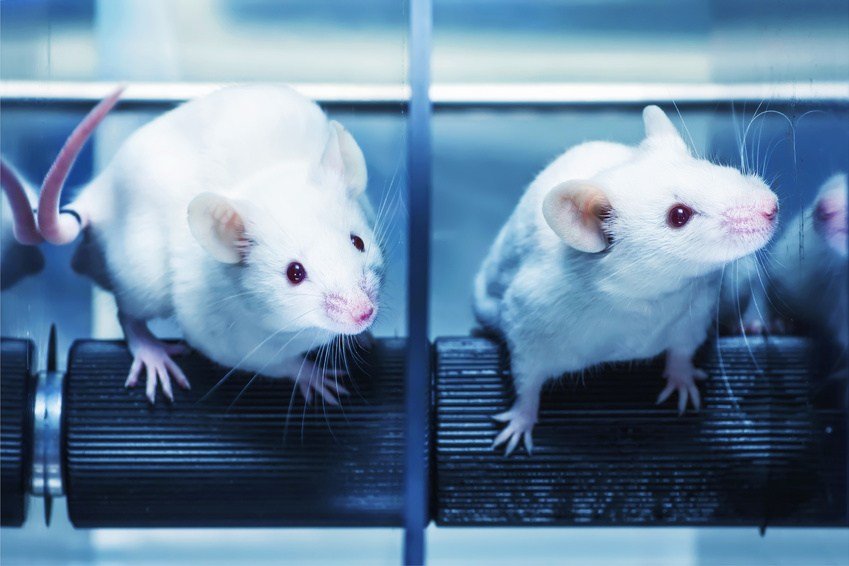
In their study, he and Lewandowski treated rodents with impaired hand movement due to spinal cord injury with a combination of fibrin and a PTEN inhibitor called AAVshPTEN. A separate group of rodents got only AAVshPTEN. The researchers saw that rats receiving the inhibitor alone did not exhibit improved motor function, whereas those given AAVshPTEN and salmon fibrin recovered forelimb use that included reaching and grasping.

Dr. Oswald Steward
“The data suggest that the combination of PTEN deletion and salmon fibrin injection into the lesion can significantly enhance motor skills by enabling regenerative growth of corticospinal tract axons,” Steward said.
According to the Christopher & Dana Reeve Foundation, approximately 2% of Americans have some form of paralysis resulting from spinal cord injury, due primarily to the interruption of connections between the brain and spinal cord.
Time and money, along with advancement in medical research, is necessary for unraveling the mysteries of spinal cord injuries.
An injury the size of a grape can lead to complete loss of function below the site of occurrence. For example, an injury to the neck can cause paralysis of the arms and legs, an absence of sensation below the shoulders, bladder and bowel incontinence, sexual dysfunction, and secondary health risks such as susceptibility to urinary tract infections, pressure sores and blood clots due to an inability to move the legs.
Steward said the next objective is to learn how long after injury the combination treatment can be effectively administered. “It would be a huge step if it could be delivered in the chronic period weeks and months after an injury, but we need to determine this before we can engage in clinical trials,” he said.
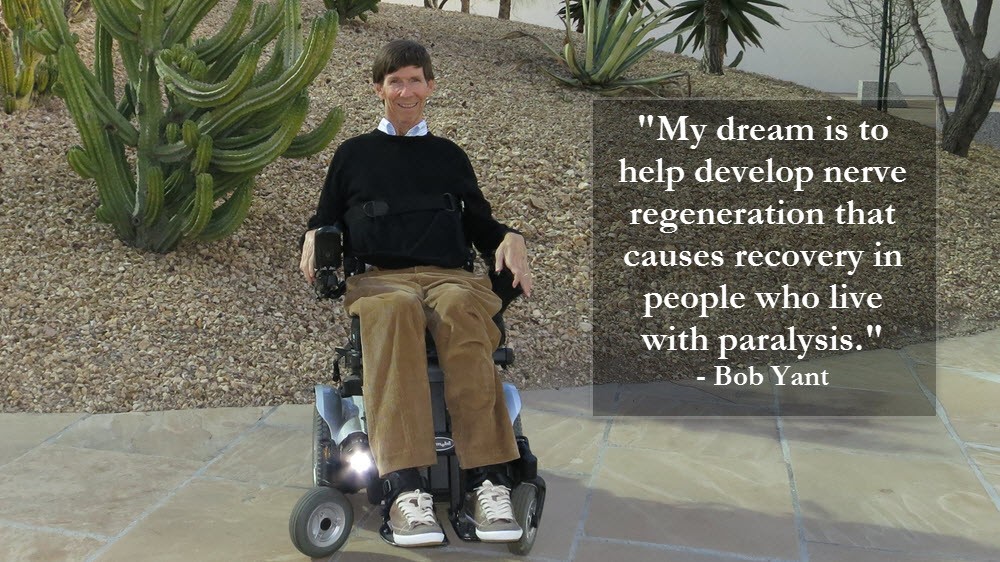
Cure Medical founder Bob Yant Shares His Perspective
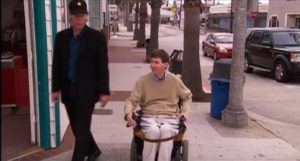
Cure Medical founder Bob Yant stays engaged in the research community, often meeting with scientists to discuss their advancements.
Cure Medical’s founder, Bob Yant, expressed his excitement at the results as he is a quadriplegic himself. “This is the first study to show recovery of function following PTEN inhibition and treatment at the injury site. The animals make a 95% recovery to normal. This is the best recovery in the history of spinal cord injury research,” said Yant.
Cure Medical is credited with helping to fund this breakthrough in the Acknowledgement section of the article.
John Anderson, CEO of Cure Medical said, “Cure Medical is committed to quality products, but there is also a greater good that we are pursuing. Cure Medical is committed to using 10% of our net income to find a cure for SCI and CNS disorders. Funding research like this shows progress is being made. When will a cure for SCI and CSN disorders be found? We don’t know, but we will work to keep innovative research moving forward.”

Story Source: The above story is based on materials provided by University of California – Irvine. Note: Materials may be edited for content and length.
Enjoy Our Free Resources & Articles
 CURE NATION is designed with you in mind, to offer assistance and education when you need it through a personal support program.
CURE NATION is designed with you in mind, to offer assistance and education when you need it through a personal support program.
All of the information you find below and on our related social media pages is meant to guide you to places, topics and, resources that enhance your life, while also connecting you with a growing group of friends.
- Sign up for our free, CURE NATION e-newsletter to have our latest stories delivered directly to you, once a month.
- Get our FREE LIFESTYLE + TRAVEL BOOKS here.
- Have an idea you’d like to share? Let us know.
- Be sure to take a minute to meet our Cure Advocates too.
You may also enjoy:
Paralyzed Veterans of America: A Great Resource for Vets with SCI/D
From Homeless to the Crown; Leslie Keller’s Story
Accessible Playgrounds Make Play Inclusive For All Kids to Enjoy
Born with Spina Bifida? Matt Elkins Says Don’t Let Anything Hold You Back
Motion Project: Together We Move
Cindy DeJesus – “Dream BIG!”
Cure Ultra® Coude Catheter Wins 2018 HME Business New Product Award
Understanding DEHP and Your Health

